Wildlife continues its daily routine regardless of the weather. Some of the most striking and dramatic shots come from photographing animals in extreme conditions. Whether battling snow, rain, fog, intense heat, or high winds, photographing wildlife in these environments demands careful preparation, technical adjustments, and an understanding of animal behavior. In this guide, we’ll explore techniques to help you create stunning images while protecting both yourself and your equipment.
1. Wildlife Photography in Snow and Freezing Conditions
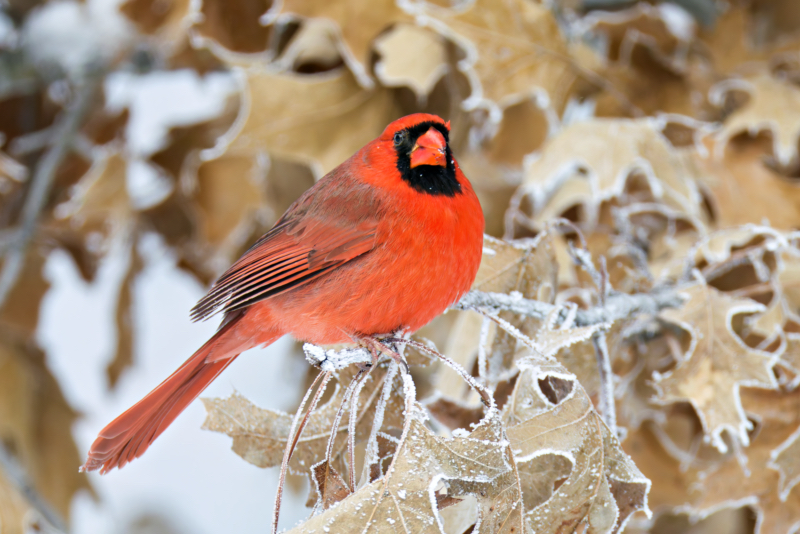
Winter landscapes provide a breathtaking backdrop for wildlife photography, but they also introduce unique challenges such as exposure issues and battery drain, which can result in underexposed images and reduced shooting time.
- Increase exposure compensation (+1 or more) to prevent snow from appearing gray due to the camera’s metering.
- Use a fast shutter speed (1/1000s or higher) to capture falling snowflakes or wildlife in motion.
- Prevent condensation damage by placing your camera in a sealed bag before bringing it indoors.
- Wear layered clothing and insulated gloves to maintain warmth and dexterity.
2. Capturing Wildlife Photography in Rain and Stormy Weather
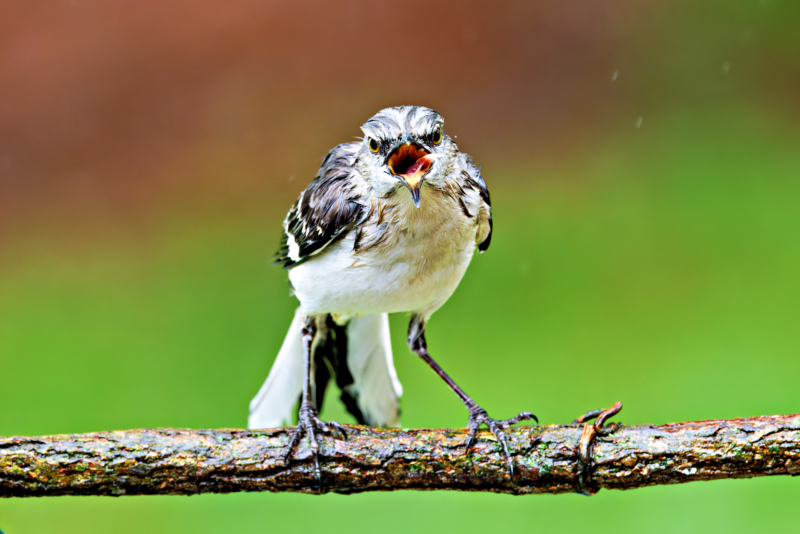
Rain can add mood and atmosphere to your shots but also poses a risk to your equipment.
- Use a rain cover or plastic bag to protect your camera from moisture.
- Select a wider aperture (f/2.8–f/5.6) to create a soft, dreamy background with glowing raindrops.
- Look for reflections in puddles, wet fur, or rain-soaked feathers to add depth to your images.
- Take advantage of overcast lighting, which eliminates harsh shadows and enhances detail.
3. Wildlife Photography in Fog and Mist for Dramatic Effects
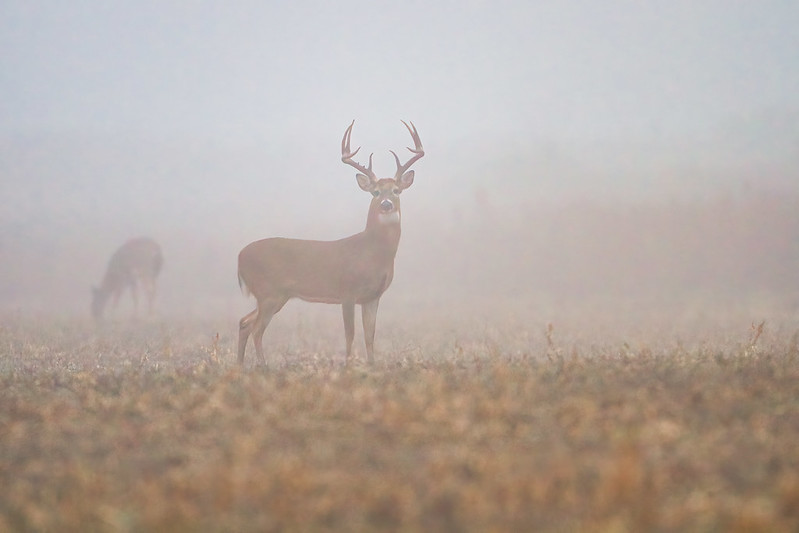
Fog introduces an ethereal, mysterious quality to wildlife photography, making it an excellent tool for storytelling. A lone deer emerging from the mist or a bird silhouetted against a foggy landscape can create a sense of wonder and intrigue.
- Slightly underexpose (-0.3 to -1 EV) to enhance depth and prevent a washed-out effect.
- Use a telephoto lens to compress the scene and make animals stand out more prominently.
- Look for silhouettes and backlit subjects to create a dreamlike aesthetic.
4. Wildlife Photography in Extreme Heat and Harsh Sunlight
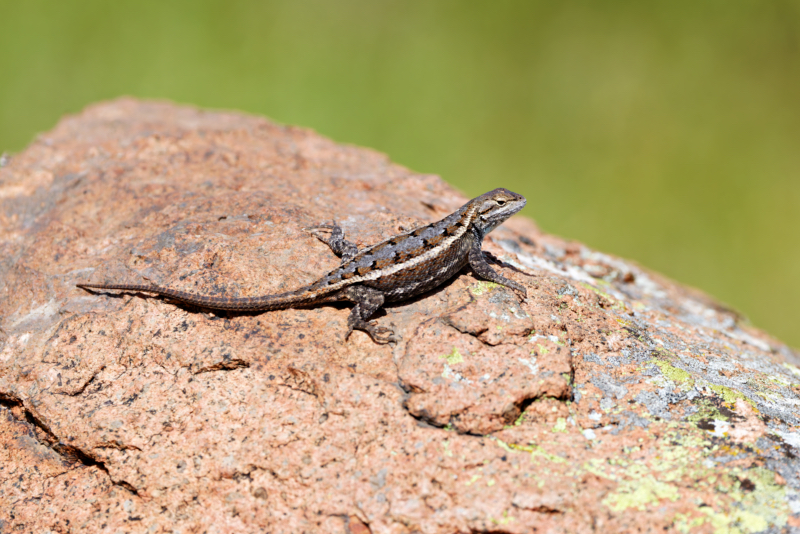
Shooting in hot conditions presents challenges like heat distortion and harsh shadows, but it can also yield stunning visuals. Animals such as lizards basking on sunlit rocks, or birds of prey soaring gracefully against a shimmering skyline can make for striking subjects in extreme heat.
- Photograph during early morning or late afternoon to avoid the intense midday sun.
- Stay hydrated and be mindful of heat exposure, for both yourself and your gear.
- Experiment with mirage-like effects caused by heat waves to add artistic flair to your shots.
5. Wildlife Photography in Wind and Sandstorms
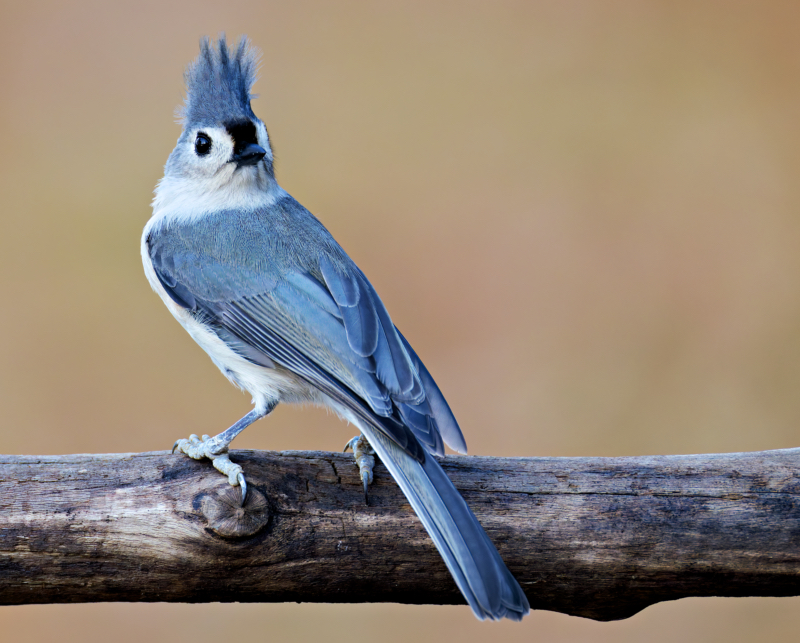
Windy conditions can lead to dynamic images but also pose a risk to your equipment.
- Opt for a fast shutter speed (1/500s or higher) to freeze movement caused by wind.
- Protect your camera from dust and sand by using a protective cover and avoiding lens changes in exposed areas.
- Capture movement, flowing manes, swaying grasses, and flying debris can enhance the energy of your images.
Closing Thoughts
Embracing extreme weather conditions can lead to some of the most rewarding and visually compelling wildlife images. By preparing your gear, adjusting your camera settings, and seeking creative opportunities within the elements, you can transform challenging weather into an artistic advantage.
Coming up next: “How to Capture Intimate Wildlife Portraits That Tell a Story.” Stay tuned!
